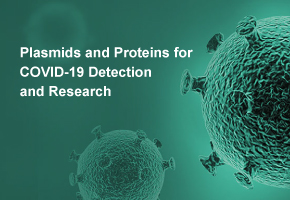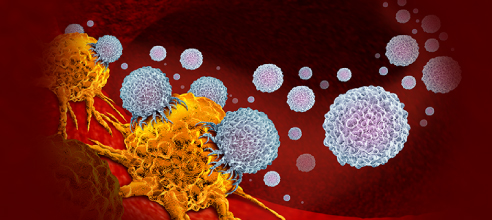Understanding Pseudovirus-Related Services
Pseudovirus-related services have emerged as pivotal in biotechnology and pharmaceutical research, particularly in the fields of gene therapy, vaccine development, and infectious disease studies. These services leverage pseudoviruses to mimic the behavior of actual viruses while lacking their pathogenic effects, thus providing a safe platform for various applications.
What are Pseudoviruses?
Pseudoviruses are engineered viral particles that contain genes or sequences from a target virus but lack the ability to replicate or cause disease. This characteristic makes them invaluable tools for research, as they can be used to study viral entry, antigenicity, and immune responses without the risks associated with live viruses.
Applications of Pseudovirus-Related Services
Vaccine Development: Pseudoviruses are instrumental in developing and testing vaccines. They help researchers evaluate the immune response elicited by different vaccine candidates in a controlled environment, guiding the design and optimization of effective vaccines.
Gene Therapy: These services facilitate the transfer of genetic material into cells. By utilizing pseudoviruses, researchers can deliver therapeutic genes to target cells without the complications posed by live viral vectors.
Infectious Disease Studies: Pseudoviruses allow scientists to study viral properties and host interactions in a safe manner. This includes investigating viral entry pathways, host immune responses, and the efficacy of antiviral drugs.
Diagnostics: Pseudovirus technologies can aid in the development of diagnostic tests by mimicking the behavior of pathogenic viruses, enabling better detection methods and assays.
Benefits of Pseudovirus-Related Services
Safety: As they are non-replicating, pseudoviruses provide a safe option for conducting experiments that would otherwise require handling live viruses.
Flexibility: Researchers can modify the pseudovirus for various experimental needs, making it a versatile tool in many areas of study.
Cost-Effectiveness: Utilizing pseudoviruses can reduce costs associated with working with live viruses and facilitate rapid testing and development iterations.
Conclusion
Pseudovirus-related services are transforming the landscape of research and development in virology, immunology, and therapeutic interventions. By providing a safe yet effective method for studying viral mechanisms and testing potential therapies, these services play a crucial role in advancing scientific understanding and fostering innovation in combating infectious diseases. As research continues to evolve, the significance of pseudoviruses will undoubtedly grow, paving the way for breakthroughs in medicine and public health.
- Like
- Reply
-
Share
Reply
About Us · User Accounts and Benefits · Privacy Policy · Management Center · FAQs
© 2025 MolecularCloud



